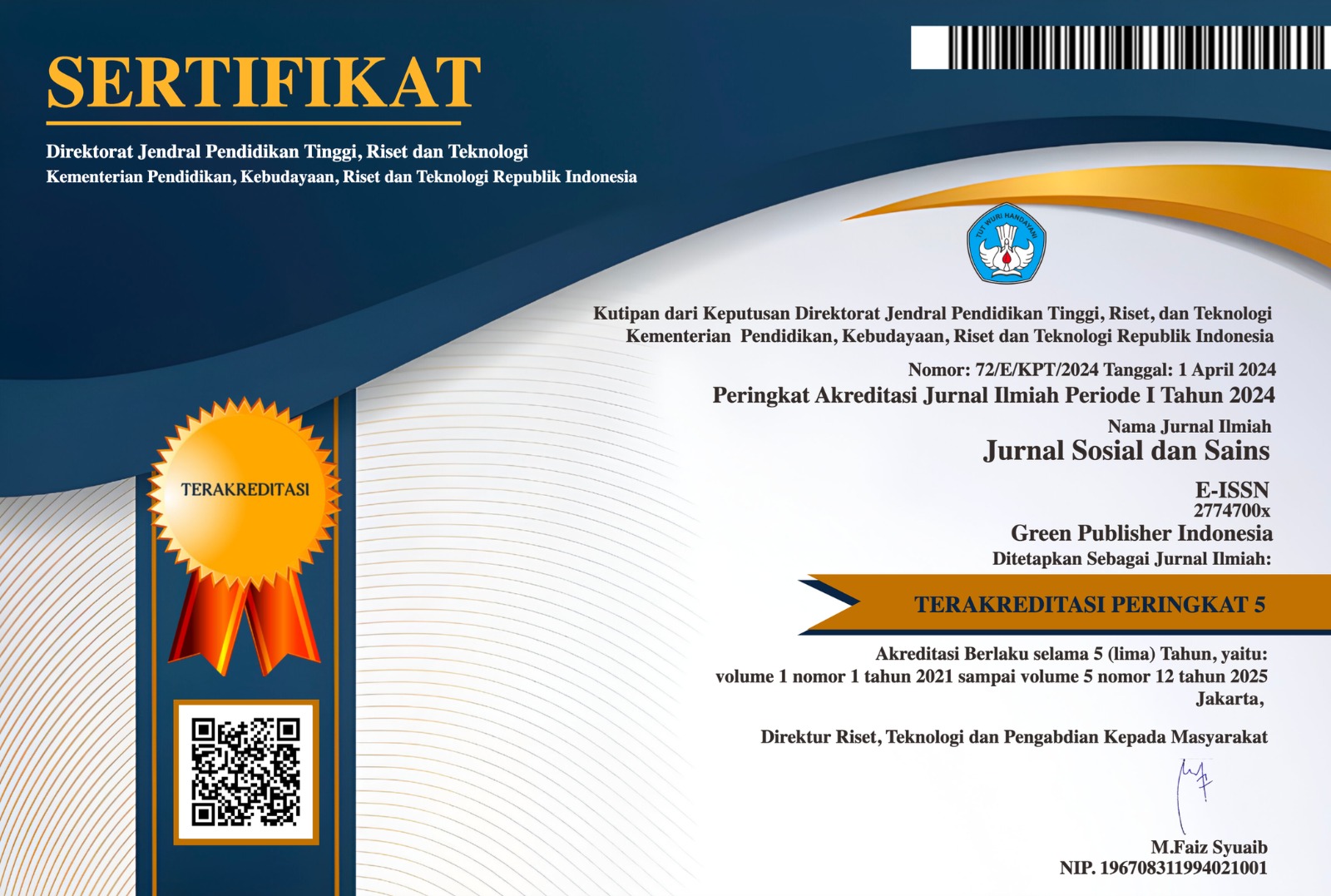Efektivitas Hukum Humaniter Dalam Menghadapi Taktik Perang Asimetris Kontemporer
DOI:
https://doi.org/10.59188/jurnalsosains.v5i6.32268Keywords:
humanitarian law, asymmetric warfare, normative effectiveness, non-stateAbstract
The transformation of global conflict architecture over the past decade reflects a significant shift toward non-conventional or asymmetric warfare, characterized by the involvement of non-state actors, guerrilla tactics, cyber infiltration, and the deployment of autonomous weapon systems. This type of warfare has blurred the distinction between combatants and civilians, thereby complicating the application of core principles of International Humanitarian Law (IHL), such as distinction, proportionality, and precaution. This study aims to evaluate the effectiveness and adaptive capacity of IHL in addressing the challenges posed by contemporary asymmetric warfare. The research employs a normative juridical approach using an evaluative-reflective model based on normative gap analysis, complemented by case studies of conflicts in Syria and Yemen. The findings reveal a structural disparity between universal legal norms and operational practices in the field, where violations of IHL principles frequently occur in the absence of effective accountability mechanisms. This study recommends reforming international legal instruments through the integration of adaptive legal principles, the inclusion of non-state actors, and the development of technology-based legal monitoring systems. Such an approach is essential to reinforce IHL systems to be more contextual, dynamic, and responsive to evolving forms of armed violence in the contemporary era.
Downloads
Published
How to Cite
Issue
Section
License
Copyright (c) 2025 Deki Rayusyah Putra, Agung Perwira Negara, Tarsisius Susilo, Rudi Adriono, Budi Setyoko

This work is licensed under a Creative Commons Attribution-ShareAlike 4.0 International License.
Authors who publish with this journal agree to the following terms:
- Authors retain copyright and grant the journal right of first publication with the work simultaneously licensed under a Creative Commons Attribution-ShareAlike 4.0 International (CC-BY-SA). that allows others to share the work with an acknowledgement of the work's authorship and initial publication in this journal.
- Authors are able to enter into separate, additional contractual arrangements for the non-exclusive distribution of the journal's published version of the work (e.g., post it to an institutional repository or publish it in a book), with an acknowledgement of its initial publication in this journal.
- Authors are permitted and encouraged to post their work online (e.g., in institutional repositories or on their website) prior to and during the submission process, as it can lead to productive exchanges, as well as earlier and greater citation of published work.








